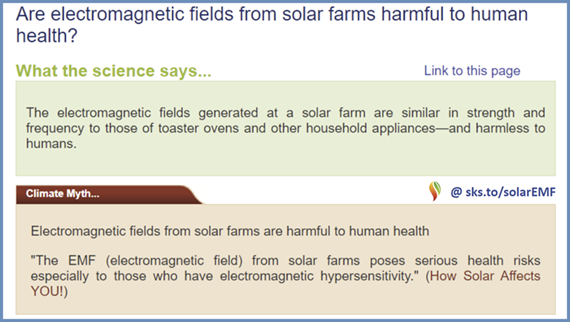JCM, Vol. 12, Pages 3896: Biomechanical Comparison of Medio-Plantar and Plantar Plate Fixation for First Tarsometatarsal Joint Arthrodesis
Journal of Clinical Medicine doi: 10.3390/jcm12123896
Authors: Kajetan Klos Paul Simons Pauline Schopp Philipp Schenk Felix C. Kohler Akram Uddin Edgar K. Roth Uta Biedermann Gunther O. Hofmann Mark Lenz
Plantar plate positioning has been demonstrated as biomechanically superior. However, some operators remain resentful about the morbidity of the surgical approach. To provide improved plate fixation for first tarsometatarsal joint arthrodesis with respect to the tibialis anterior tendon, a medio-plantar plate was developed. The purpose of this biomechanical study was to compare its construct stability to that of a plantar plate construct. Twelve pairs of fresh frozen human specimens were used in a matched pair test. Each pair was fixed with a 4 mm compression screw and either a plantar locking plate or a medio-plantar locking plate. A cantilever beam test was performed in dorsiflexion. Before and after cyclic loading (5000 cycles; 40 N), bending stiffness and relative movements at the joint space were monitored in a quasi-static test including optical motion tracking. Maximum load and bending moment to failure were investigated in a load-to-failure ramp test. The bending stiffness of both groups did not significantly differ before (plantar 49.9 N/mm ± 19.2; medio-plantar 53.9 N/mm ± 25.4, p = 0.43) or after (plantar 24.4 N/mm ± 9.7; medio-plantar 35.3 N/mm ± 22.0, p = 0.08) cyclic loading but decreased significantly in both groups (p < 0.01) after cyclic loading. Relative movement increased significantly during cyclic testing in both groups (p < 0.01) but did not differ significantly between the groups before (p = 0.29) or after (p = 0.16) cyclic loading. Neither load nor bending moment to failure were significantly different (plantar 225 N ± 78, 10.8 Nm; medio-plantar 210 N ± 86, 10.1 Nm, p = 0.61). Both plate constructs provided equivalent construct stability, both being well suited for Lapidus arthrodesis.

 1 year ago
29
1 year ago
29

